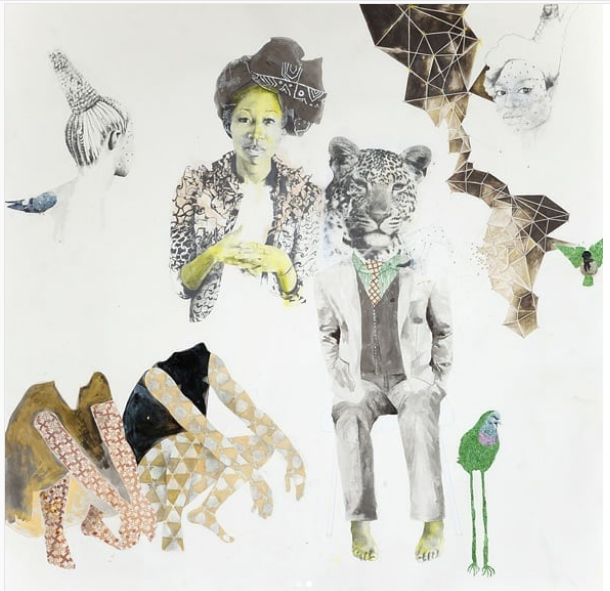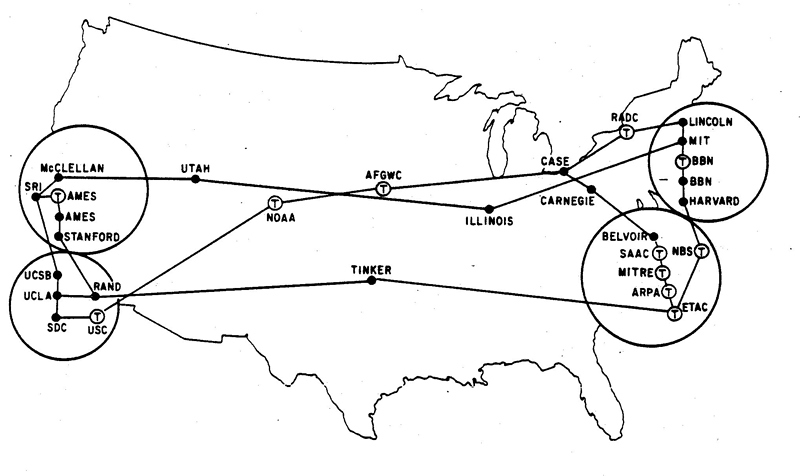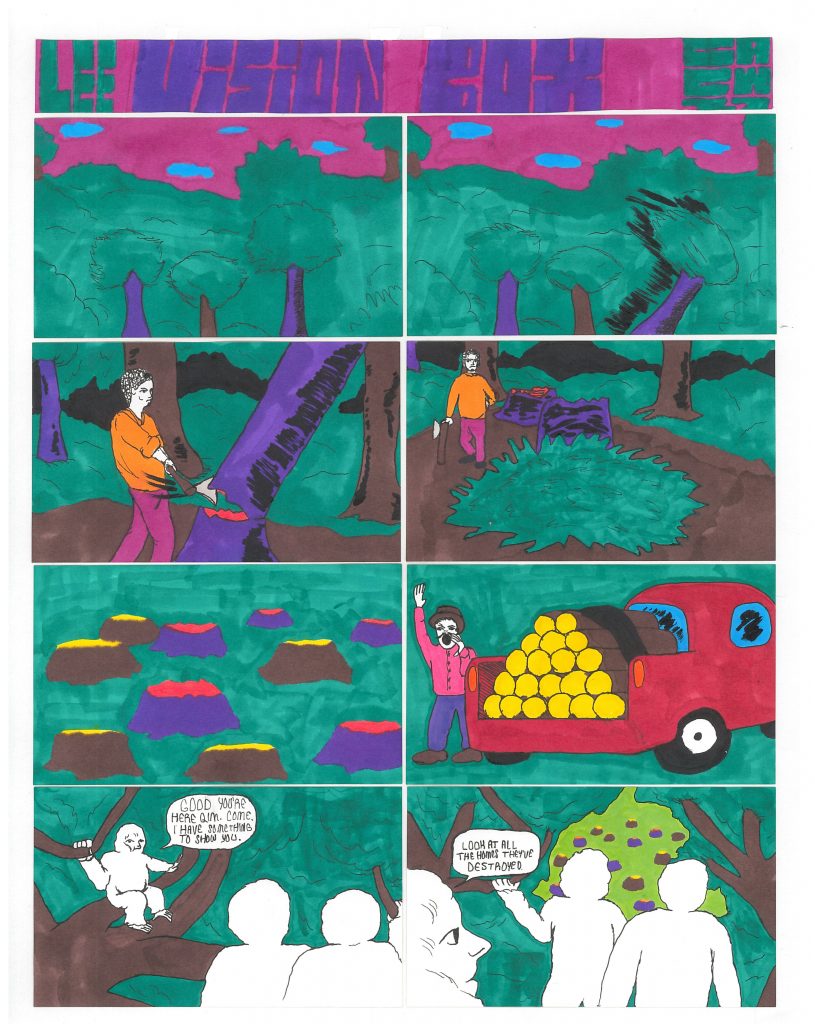Chitra Ganesh & Ruby Onyinyechi Amanze; English on ‘Simplification’; Some Outsider Art; Military Internet(s)
—————————————————————————————————
Open Sessions at The Drawing Center
Chitra Ganesh in conversation with Ruby Onyinyechi Amanze:
CG: “I am so glad that the Drawing Center has offered alternative axes, alignments, and contexts to situate your own work, thinking and growth––I would say that its mere presence, focus and decades long commitment to that focus, has sustained me in similar ways.”
.
ROA: “Drawing transcends all dividing factors, it is the most human form of expression. The DC has given me the freedom of simply being a human artist. It has been priceless to be in dialogue with other artists, who have their own relationship with the medium.”

—————————————————————————————————

Simplify, Stupid
Austin English continues with his wide-ranging look at comics from the past 70 years or so.
There may be something to that. Simply, (1) drawing competently is an out of the ordinary achievement people instantly recognize. The ability to (2) tell a story with drawing? Even rarer. The most elusive seems to be (3) having something unique to say with a picture story. Most of comics seems to be content with varying combinations of (1) and (2). Artists like Feuchtenberger give us (3) every time they draw something. Why work like hers is considered an aquired taste still seems odd to me, and involves a condescending attitude to readers in general. Who doesn’t (if we limit ourselves to those who care about narrative in even the most limited way) want to be engaged by a picture story that is genuinely felt and mindfully arranged? When we consider a masterpiece like Dominique Goblet’s Pretending is Lying, which is firmly in the (1) + (2) + (3) camp, we know this is a work that readers will refer to in their lives over and over again. Goblet might simplify faces in service of telling her story within the medium of comics, but to simplify her ideas would be anathema to the artist. The richness of what she has to say is, itself, the point. Her statement, a composition of relationships that fade in an out if view, isn’t grafted on to her storytelling ability, it isn’t in service of a need to finish pages to fufill a pre-existing belief that her style requires an important statement to validate it. When Goblet’s father character sways and monlogues to promote himself, his personality impresses itself upon the reader with a shrieking force, because Goblet has something specific to say (3) about a man like this.
Also, take a scroll through the comments:
—————————————————————————————————
In Their Own Worlds
Sanford Schwarz looks at some recent exhibitions of ‘outsider art’.
Cartoons and comic strips—or a sense of these forms—underlie, finally, the work of the most impressive figures in the exhibition, [Henry] Darger and Adolf Wölfli. For viewers concerned with outsider art they are among the territory’s old masters. Both have been the subjects of books and have been seen, like Martín Ramírez, who is their equal, in defining and revelatory retrospectives over the last fifteen years at the Folk Art Museum. This doesn’t mean that Wölfli, who died in 1930 at sixty-six, is exactly an embraceable figure. There is a degree of flowing inventiveness and industry in his pictures, which can resemble fantasy versions of carpets, game boards, or aerial views of places, suggesting that the man was on a different wavelength from the rest of us.

—————————————————————————————————
ARPANETS
Zachary Loeb reviews Yasha Levine’s Surveillance Valley: The Secret Military History of the Internet
Levine highlights NBC reporting from 1975 on the CIA and NSA spying on Americans by utilizing ARPANET, and on the efforts of Senators to rein in these projects. Though Levine is not presenting, nor is he claiming to present, a comprehensive history of pushback and resistance, his account makes it clear that liberatory claims regarding technology were often met with skepticism. And much of that skepticism proved to be highly prescient.

—————————————————————————————————
Vision Box – 7-3-2018 – by Cameron Arthur
—————————————————————————————————

Joanie and Jordie – 7-3-18 – by Caleb Orecchio

